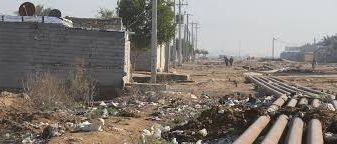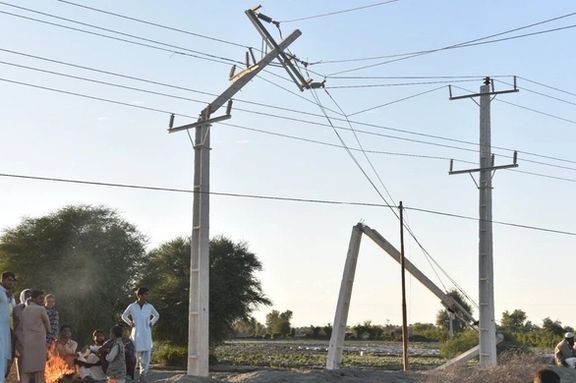Iran Develops A Wishlist For Rescuing Its Energy Sector

Iran’s government has developed a wish list to boost its fossil fuel production and power generation, after years of relative neglect and lack of investments.

Iran’s government has developed a wish list to boost its fossil fuel production and power generation, after years of relative neglect and lack of investments.
As a country with one of the world’s largest oil and natural gas reserves, Iran often faces power cuts and a decline in gas and oil production at a time when the Ukraine invasion has created a good opportunity for exports to Europe. Years of infrastructure neglect have left the energy sector underdeveloped.
A working paper prepared by President Ebrahim Raisi’s government calls for “a balance between production and consumption” in energy. While extremely cheap electricity and gas rates have been driving up domestic annual consumption by 6-8 percent in recent years, very little has been invested in increasing gas production to provide fuel for power stations.
Iran has been forced to use diesel and heavily polluting oil biproduct mazut in peak summer and winter months to keep power plants working. As a result, major cities have either experienced extensive blackouts or have been covered with smug and pollution in June-August and December-February.
In addition to insufficient fuel for power plants, an aging power grid also wastes large amounts of energy.

The paper says that power generation and the electricity grid also need serious investment. In total, 17,200 kilometers of electricity transmission lines are needed. Based on existing cost estimates in other countries it would cost at least two billion dollars, (considering lower labor cost in Iran), to address immediate needs. The shortfall of around 10,000 megawatts of power generation would need an immediate investment of another $8 billion, and every year an additional $4 billion to keep up with power demand.
To secure these investments the government has theoretically three options: Raising private sector investments, raising energy cost for consumers or appropriating money for the infrastructure the country desperately needs. None of these options are feasible at the moment, for two reasons: Iran’s centralized economy is inhospitable for private investments in public sector and the specter of international sanctions keeps investors away.

Foreign investors would hardly entertain the idea of investing in a country with an unpredictable internal dynamic of anti-West politics and rhetoric. The government, mired in economic crisis and potential political instability cannot raise energy prices either, and current oil revenues are too small to enable direct government financing. The cheap energy offered to consumers for years runs into hundreds of billions of dollars, mainly neutralizing the benefit of oil exports.
If Iran can reach a nuclear agreement with the United States, have sanctions lifted, and export around two million barrels a day at current high prices, it would earn around $60 billion annually and would be able to finance some infrastructure projects.
But the government plan published by IRNA also calls for investments in the upkeep and expansion of oil and gas production, without mentioning a price tag. However, in November 2021, oil minister Javad Owji did mention the huge amount of investments needed, when he said that Iran should secure $160 billion to revitalize its oil and gas sectors.
Based on these estimates, Iran needs to find $200 billion dollars in the 5-7 years to keep its energy infrastructure and fossil fuel resources adequately maintained. Removal od US sanctions and full oil exports would be insufficient, given so many different subsidies and entitlement programs the government must provide if it does not overhaul its economic system.